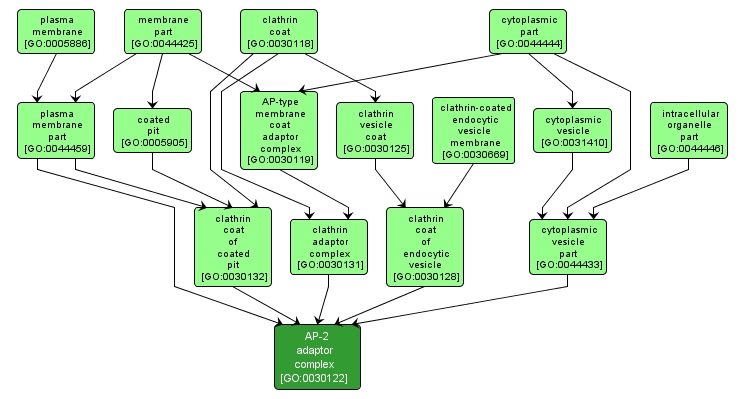| Desc: |
An AP-type membrane coat adaptor complex that consists of alpha, beta2, mu2 and sigma2 subunits and links clathrin to the membrane surface of a vesicle; vesicles with AP-2-containing coats are normally found primarily near the plasma membrane, on endocytic vesicles. |














